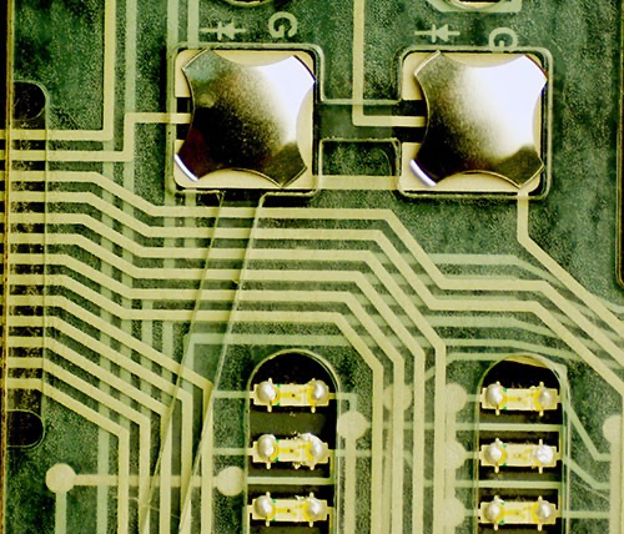By Johnny Shell, Keypoint Intelligence: The world of functional and industrial printing (FIP) is all around us, and applications grow larger with each passing day. While many may think that “print is dead,” the fact is that many of the products we use daily would not be possible without printing. 
While it’s hard to define FIP, an accepted definition is “printing where the primary purpose is to give functionality or aid in the proper usage of a product.” As I scan my desk, there are several items that fit this description. My computer keyboard is printed with alphanumeric characters and OEM branding. My computer monitor includes a printed logo as well as notations for the “on/off” switch. In my kitchen, the dials on my oven have settings, so I know what temperature I’ve set the burner to; the same is true for the keypad on my microwave, and the dials on my washer and dryer. My rear window defroster, the analog gauges, instrument panel warning lights, and dashboard control knobs in my automobile; the ceramic screen on my cell phone; the dosage gradients on a medicine syringe; solar cells; biosensors; and even the circuit boards and flexible circuits inside my computer are all printed as are the layers of silicone that are printed behind the glass of my tablet computer to make the touchscreen work properly.
Since many of the traditional print markets have been shrinking, it’s encouraging to see there are areas of printing that are expanding. FIP features specialized applications that are not produced by the local printer. They are better classified as part of a manufacturing process incorporating multiple printing platforms, numerous substrates, as well as a wide range of inks and materials.
Click Here to Read the Rest
SOURCE Keypoint Intelligence

